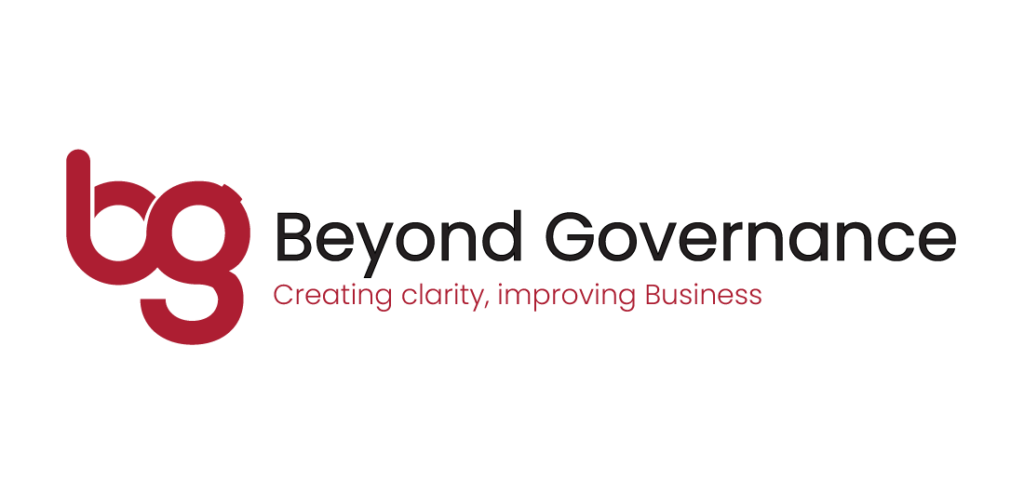As a seasoned investor, you understand it is essential to understand the nature of the business in which you invest but have you ever considered the liquidity of your shares and whether you’re doing enough to safeguard the long-term success of the company. This is especially important when investing in UK AIM-listed companies, as they may present different risks and opportunities than other types of investment.
As we know an AIM-listed company is a company that is listed on the Alternative Investment Market (AIM), a sub-market of the London Stock Exchange. AIM is designed for smaller, growing companies that may not meet the listing requirements of the main market. These companies are often considered to be higher risk investments, as they may have limited trading history, less established management teams, and less robust financials.
However, an AIM-listed company can also be a valuable asset for investors. These companies are often in the early stages of growth and have the potential for significant returns. Investing in AIM-listed companies can therefore provide investors with access to emerging industries and technologies, and the opportunity to participate in the growth of a company from its early stages. Additionally, AIM investments are often under-researched and undervalued, which can provide investors with the opportunity to buy in at a discounted price.
One of the key considerations for investors when investing on AIM is the level of risk involved. These companies are often in the early stages of growth and have less established financials, they may be more volatile and present a higher level of risk than other types of investments. However, this increased risk can also be balanced by the potential for higher returns.
Another important consideration is the management team of the company. This group of individuals is the driving force behind the business and will ultimately determine its long-term success. Due to the nature of AIM businesses these companies are often in the early stages of growth and may have less established and experienced management teams, which can present additional risks for investors. It is important for investors to conduct thorough due diligence on the management team, including their track record and experience, to ensure that they have the necessary skills and experience to successfully grow the company and that good governance is present and embedded.
Furthermore, it is crucial for investors to understand the company’s financials, including its revenue, profits, cash flow, and debt. These financials can provide insight into the company’s current and potential future performance, and can help investors to make more informed investment decisions.
It’s also worth noting that AIM-listed companies are not required to meet the same listing requirements as companies listed on the main market, which can also increase the risk for investors. For example, AIM companies do not have to meet the same financial and governance standards as main market companies, which can make it more difficult for investors to assess the quality of the investment.
Another important factor is that these companies are not covered by the Financial Services Compensation Scheme (FSCS) which means that investors may not be entitled to compensation if the company goes into default.
In summary, investing in AIM-listed companies can be both a liability and an asset but the opportunity for the scales to tip towards it being an asset are supported by good governance and governance audits. These companies may present higher levels of risk than other types of investments, but they also have the potential for significant returns. It is important for investors to conduct thorough due diligence which includes a thorough review of governance, and assesses the management team, the company’s financials, and the level of risk involved. Additionally, it is important for investors to understand the governance and regulatory environment for AIM-listed companies and the potential lack of protection through the FSCS. With a thorough understanding of these factors, investors can make more informed decisions and potentially achieve higher returns on their investments.




